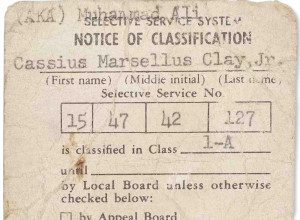That first 1215 charter—essentially a contract between King John of England and the country’s powerful barons about the monarch’s limits on their authority—was in fact annulled shortly after it was agreed by Pope Innocent III, who called it “shameful, demeaning, illegal and unjust.”
When rebellion was in the air again during John’s son Henry III’s reign, Magna Carta was resurrected in several new iterations, with the 1225 one being especially significant.
“The 1225 reissue of Magna Carta is now generally viewed as the definitive version of the charter of rights that was first issued at Runnymede [in Surrey, England] in 1215,” explained Michelle Johansen, the learning and outreach manager at the London-based Society of Antiquaries, which recently hosted a Magna Carta 1225 exhibition including the 1225 copy.
“The 1225 Magna Carta included clauses that remain part of UK law today, most famously, the right to due legal process,” Johansen said. “The 1225 reissue is important, too, as it included a subsidiary document known as the Charter of the Forest, which provided radical new rights to ‘ordinary’ people and went on to influence rural life and access to land for over 750 years. Over time, the document has become a global symbol of liberty and justice, shaping the founding documents of the USA and informing the Universal Declaration of Human Rights.”
Indeed, the then-colonies used it to justify rebellion against British policies. The Massachusetts Assembly invoked Magna Carta as it declared the 1765 Stamp Act void, and adopted a new seal depicting a militiaman with a sword in one hand and Magna Carta in the other.




















